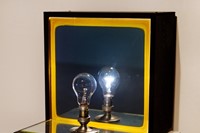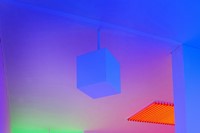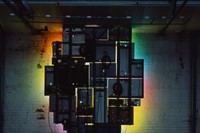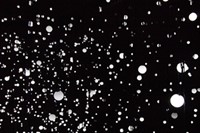When Dan Flavin turned his focus to fluorescent bulbs in the second half of the 20th century, he became one of several artistic pioneers to embrace artificial light as a transformative element in our experience of gallery spaces...
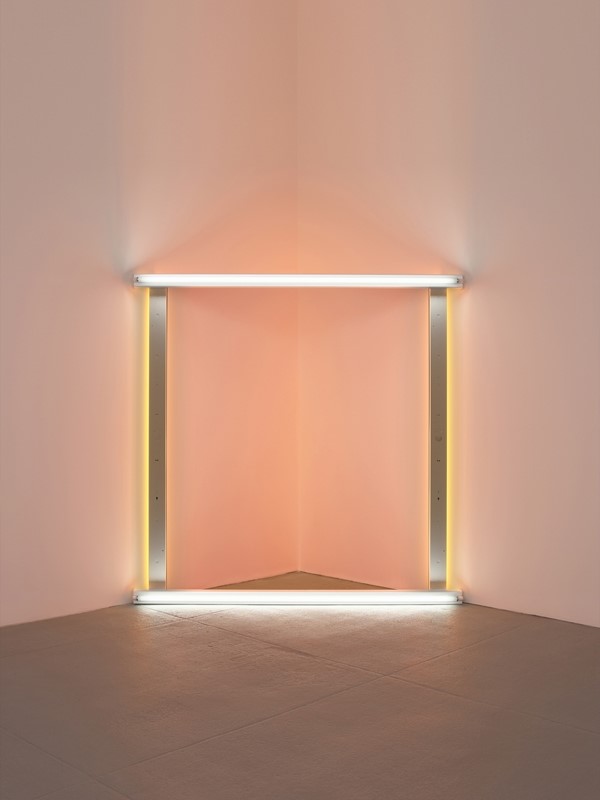
“One might not think of light as a matter of fact, but I do. And it is, as I said, as plain and open and direct an art as you will ever find.”
– Dan Flavin
When Dan Flavin turned his focus to fluorescent bulbs in the second half of the 20th century, he became one of several artistic pioneers to embrace artificial light as a transformative element in our experience of gallery spaces. Having put on a retrospective of Flavin’s work seven years ago, the Hayward Gallery has now expanded its focus with The Light Show, a broad survey of artists from the last half-century who have incorporated electric light into their practice.
Alongside a couple of installations by Flavin, the work of other light art innovators are also represented. Doug Wheeler’s Untitled illumination from 1969 creates a shadowless trompe l‘oeil comprised of fluorescent white and blue light, which fills one of the many rooms dedicated to single works in the exhibition. Anthony McCall’s You and I, Horizontal, is another side room spectacle, bathing the viewer in a spotlight reminiscent of a projector’s glare, while a soft mist in the darkness embraces the light, creating a form out of its formlessness. Carlos Cruz-Diez’s Chromosaturation, the first of which was presented in 1956, is comprised of three rooms, each saturated with an all-encompassing red, blue, or green light. The colours not only have an effect on the human surfaces they come in contact with–skin, clothes, eyes – but also induce a sense of soothing monochromatic immersion.
"A welcoming introduction to spring, the Light Show is uplifting, interactive, and filled with gratifying deceptions"
Smaller, more playful works include Philippe Parreno’s illuminated homage to marquees, and Fischli and Weiss’s folksy Son et Lumière (Le Rayon Vert), comprised of a plastic cup, an electric torch, and a motorised cake-stand. Bill Culbert’s Bulb Box Reflection II features a light whose reflection in a mirror shows it as lit, though the actual bulb itself is not (or at least appears not to be…). Jim Campbell’s Exploded View (Commuters) also exploits the potential to be tricked by the light. What at first seems a random array of flashing spots eventually shows itself as a blinking pattern that describes a shadowy figure moving through the installation.
Arguably the most captivating work on show is Olafur Eliasson’s Model for a Timeless Garden. It’s difficult not to be taken aback by this series of small gushing fountains, arranged in the dark, and whose every drop is captured by a persistent strobe. The detailed patterns of the water emerge, seemingly suspended in time, defying a sense of place or scale.
A respite from the darkness of winter and a welcoming introduction to spring, the Light Show is uplifting, interactive, and filled with gratifying deceptions. It is a reminder that although we rely heavily on what we see, our sight is imperfect at best, and we can easily be intrigued, romanced or fooled by the light.
The Light Show is at the Hayward Gallery until April 28.
Text by Ananda Pellerin
Ananda Pellerin is a London-based writer and regular contributor to anothermag.com.

